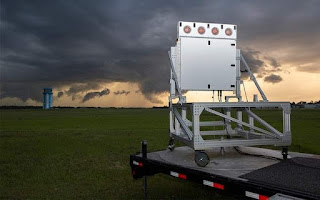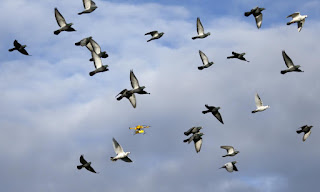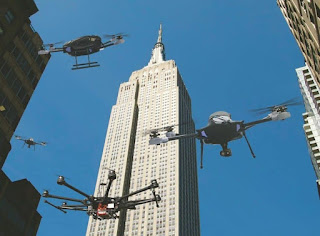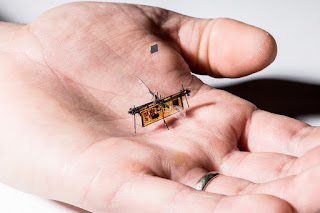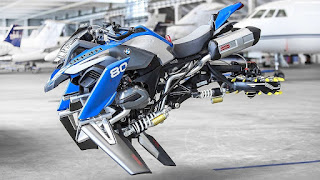Important Innovations Collection: Little Ripper - Drone Lifesaver

Little Ripper, the Lifesaver Drone from Australia Source: The Ripper Group "Little Ripper" Flying Drone for Search, Rescue and First Alert Missions This is important drone innovation developed by the University of Technology-Sydney and the Ripper Group of Australia. Little Ripper is a remotely piloted, flying drone being deployed in Australia for search, rescue and first alert mission. It even provides shark sighting alerts for swimmers. For a news blog on this remarkable, new innovation, go to journalist Ed Kane's blog at Important Innovations Collection: Little Ripper - Drone Lifesaver : Multi Tasking Flying Drone - Alert, Search and Rescue Source: The Little Ripper Award Winning Drone Innovation from Down Under It...

